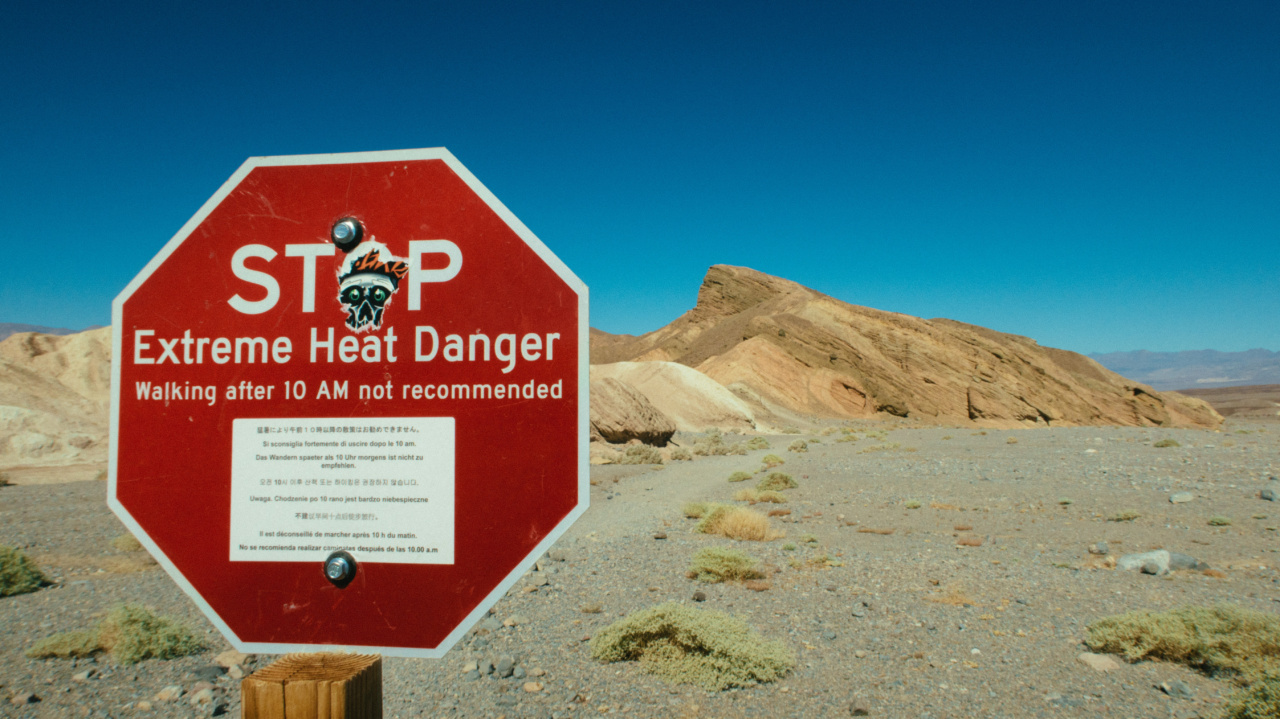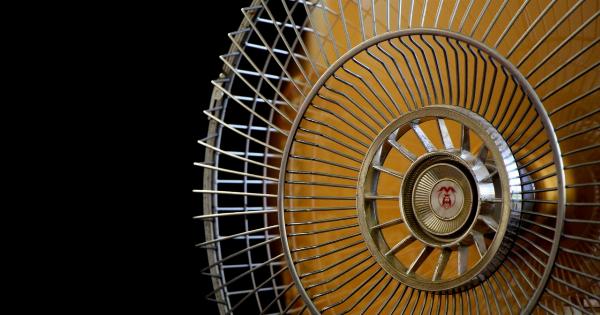When it comes to managing heat in any environment, things can quickly go awry. Whether it’s a residential, commercial, or industrial setting, encountering heat-related issues can cause disruptions, damages, and other problems.
In this article, we will discuss three signs that indicate things aren’t going as planned with regard to heat management. By being aware of these signs, you can take proactive measures to address the issues and prevent further complications.
1. Excessive Energy Consumption
One of the key indicators of heat issues is excessive energy consumption. If you notice an unusual spike in your energy bills without any apparent reason, it may be due to inefficient heat management.
When the cooling or heating systems have to work harder than usual to maintain the desired temperature, they consume more energy, leading to increased costs. This can happen due to equipment malfunction, poor insulation, or even improper thermostat settings.
To address this issue, start by checking for any visible signs of damage or malfunction in your HVAC system. Additionally, ensure that your insulation is intact and correctly installed.
Regular maintenance and timely repairs will not only reduce energy consumption but also extend the lifespan of your heating and cooling equipment.
2. Inconsistent Temperature Control
Another evident sign of heat-related issues is inconsistent temperature control. If you find yourself constantly adjusting the thermostat to maintain a comfortable temperature, it could be an indication of a deeper problem.
Inconsistent temperatures can result from a variety of issues such as a malfunctioning thermostat, duct leaks, or inadequate air circulation.
To troubleshoot this problem, start by checking your thermostat settings and replace it if necessary. Next, inspect your ductwork for any leaks or damages that may be affecting the airflow.
Poor air circulation can also be caused by blocked vents or dirty air filters. Regular cleaning and maintenance of your HVAC system can help mitigate these issues, ensuring consistent temperature control throughout your space.
3. Unpleasant Odors or Mold Growth
If you notice unpleasant odors or come across mold growth in your living or working space, it could be a warning sign of underlying heat issues.
Excessive humidity caused by poor ventilation or cooling systems can create a conducive environment for mold growth. Musty smells and visible mold patches not only indicate an unhealthy environment but can also lead to respiratory problems and damage to your property.
To tackle this issue, start by addressing the source of excess moisture. Check your HVAC system for any leaks or condensation issues. Improve ventilation by opening windows or installing exhaust fans in areas prone to humidity.
Additionally, consider using dehumidifiers or air purifiers to create a healthier indoor environment. Promptly addressing mold growth through professional remediation services is crucial to prevent further damage and ensure the well-being of occupants.
Conclusion
Heat issues can significantly impact the comfort, energy efficiency, and overall safety of residential, commercial, or industrial spaces.
By being vigilant and recognizing the signs discussed in this article, you can take proactive measures to address these issues before they escalate. Regular maintenance, prompt repairs, and professional assistance will help you overcome heat-related challenges and ensure optimal heat management in your environment.






























